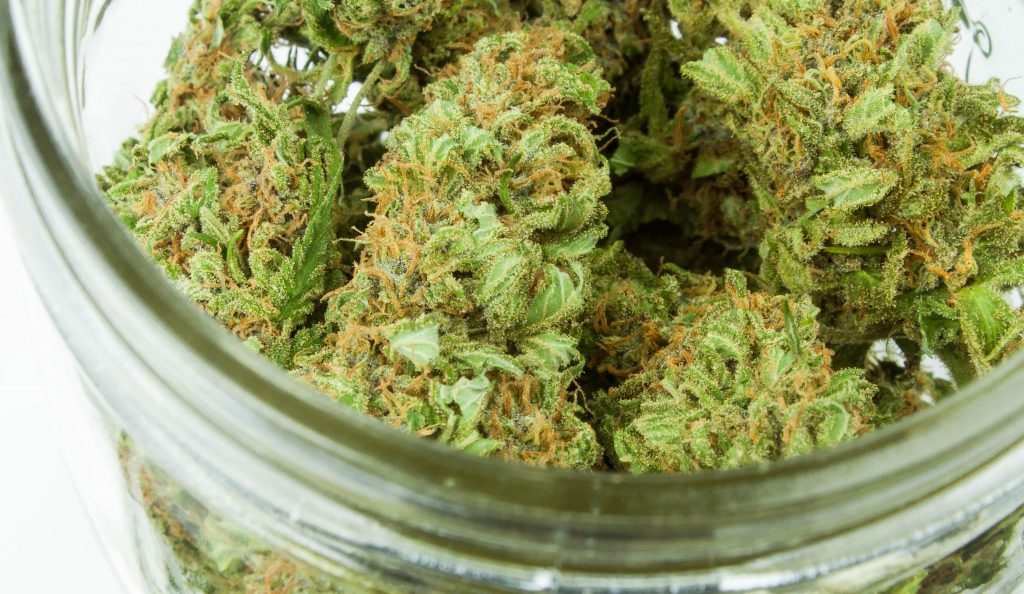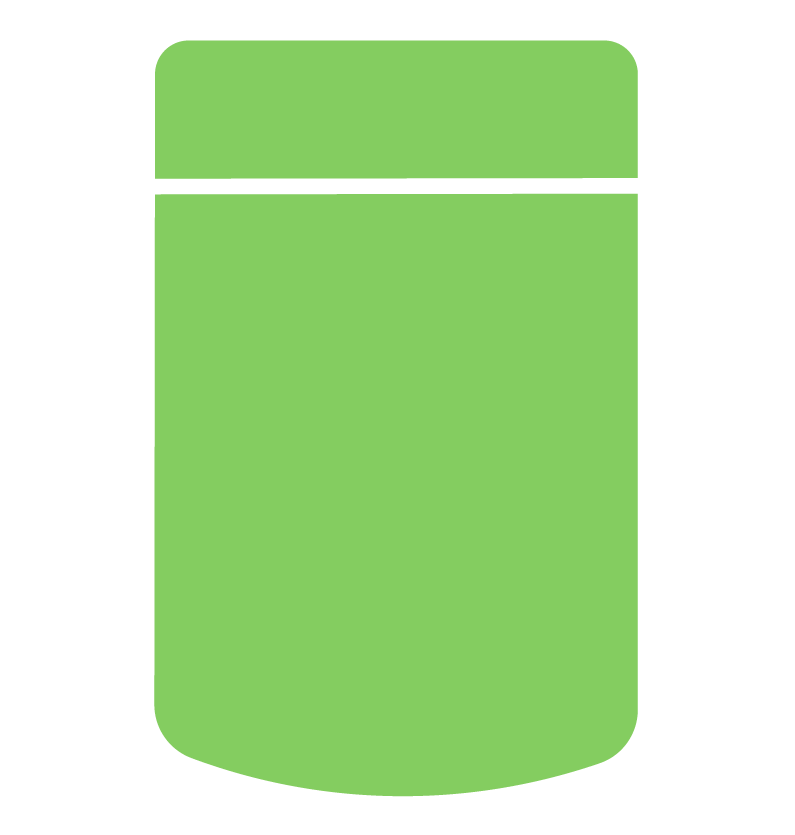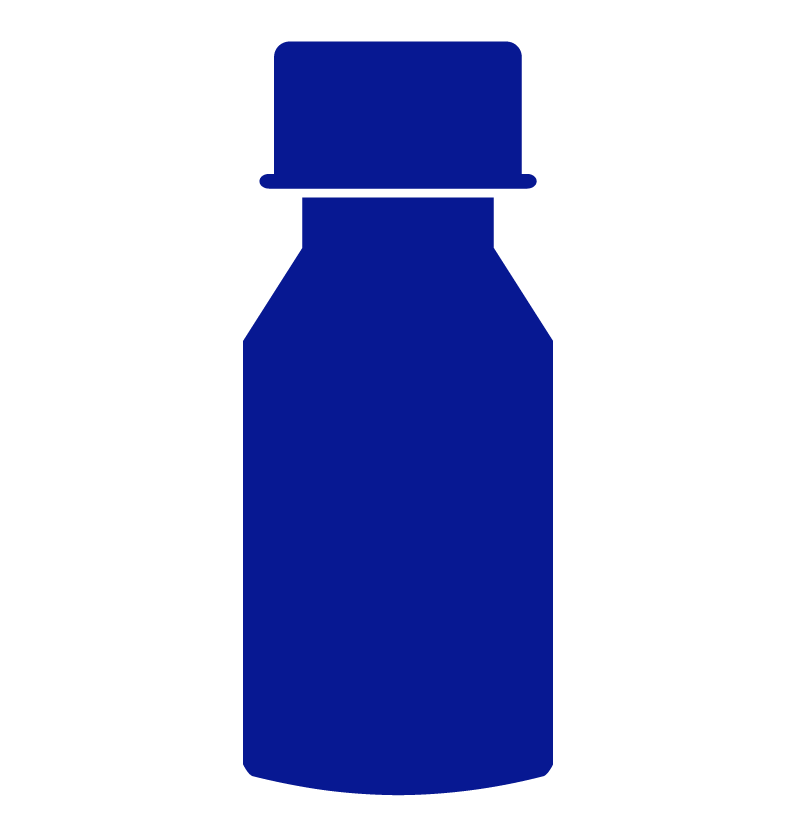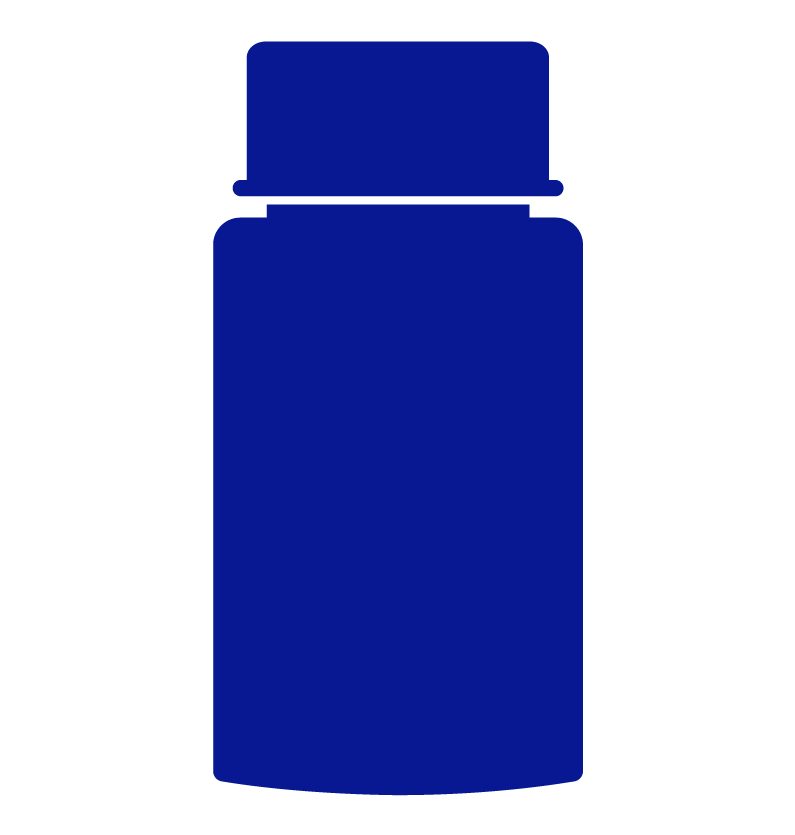Starseed strives to make understanding medical cannabis easy with the Starseed System™ as a visual guide to help patients adhere to their prescribed medical cannabis plan.
But have you ever been confused by the vast terminology of cannabis terms and phrases? Maybe you’ve purchased a product before, but it was not what you expected. Or perhaps you’ve shied away from products because you didn’t know what they were. Well, you’re not alone. Many medical cannabis patients have felt lost navigating their way through product details, but we’re here to help!
Knowing the definitions of cannabis terms can help you be confident in making educated decisions for yourself. Use this glossary as a tool when you’ve found yourself unsure of the meaning of words or phrases used on our website.
Glossary (From A to Z)
Aroma: The smell imparted by the aromatic compounds present in the cannabis product.
Balanced: Refers to a product or cultivar that contains varying levels of both THC and CBD. It can also be referred to as 1:1. Balanced products can help to manage a wide variety of symptoms and are labeled as Star-2 in the Starseed System.
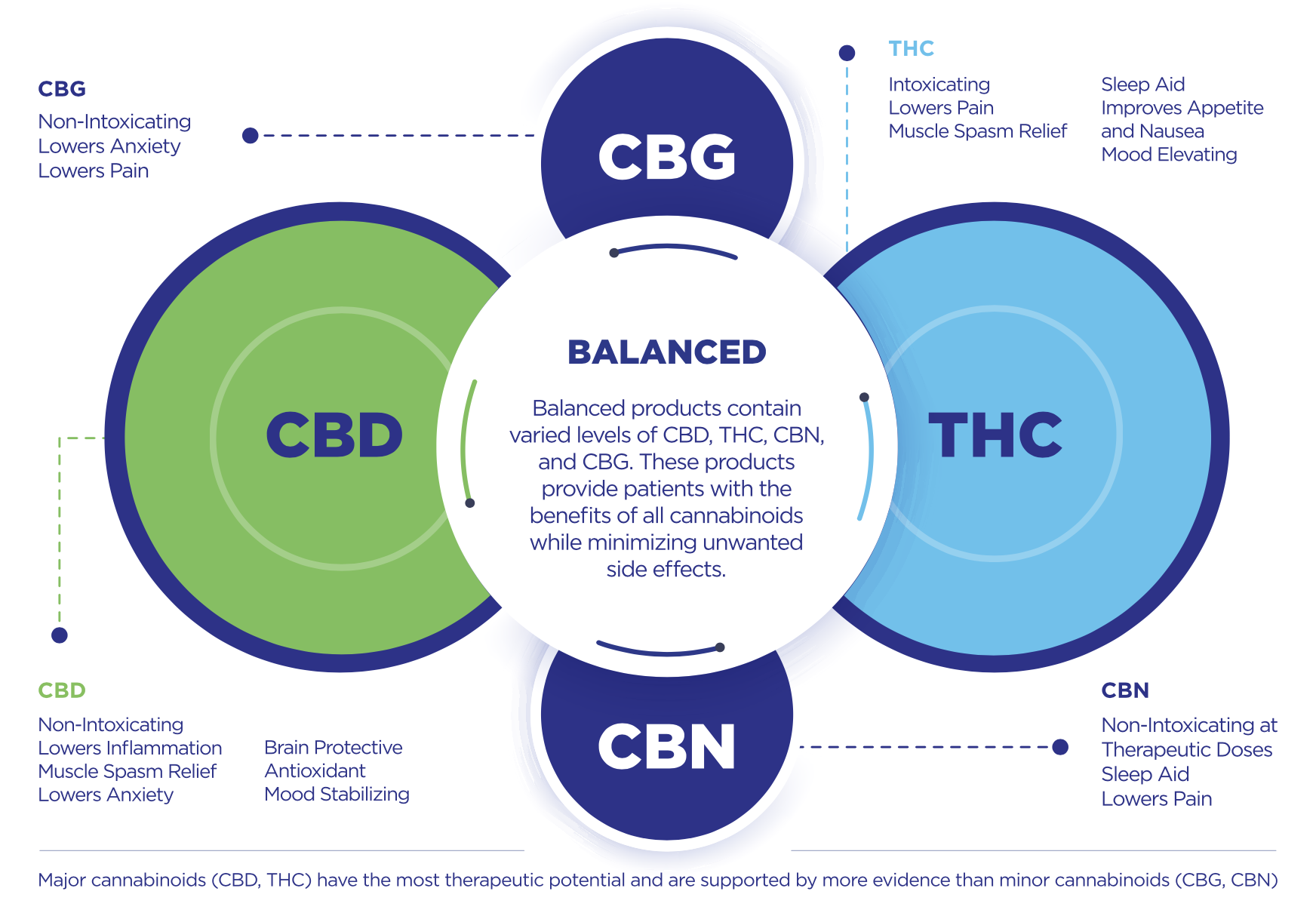
Blend: A classification of a cannabis product with 2 or more different varieties of dried flower mixed together.
Cannabinoid Profile: The specific combination of cannabinoids present in a cannabis cultivar or product.
Cannabinoids: The chemical compounds found in the cannabis plant that give the plant its unique therapeutic properties. CBD (cannabidiol) and THC (Delta-9-tetrahydrocannabinol) are the most well-known and researched. The combination of these compounds leads to diverse effects depending on the specific cannabinoid profile.
CBD: CBD-dominant products are labeled as Star-1 in the Starseed System. The acronym for cannabidiol, a non-intoxicating cannabinoid that demonstrates anti-inflammatory properties. When used in conjunction with THC, CBD can reduce the negative effects of THC. The potential therapeutic effects of CBD include reducing anxiety, insomnia, chronic pain, inflammation, and opioid usage.
View CBD-dominant Dried Flower
Cultivar: A cannabis plant variety that has been bred for certain traits and characteristics.
Dried Flower: The consumable part of the cannabis plant that contains a variety of cannabinoids, terpenes and other compounds. Dried flower refers to the flower that has been cured and dried. It can then be further processed into different forms of cannabis extracts.
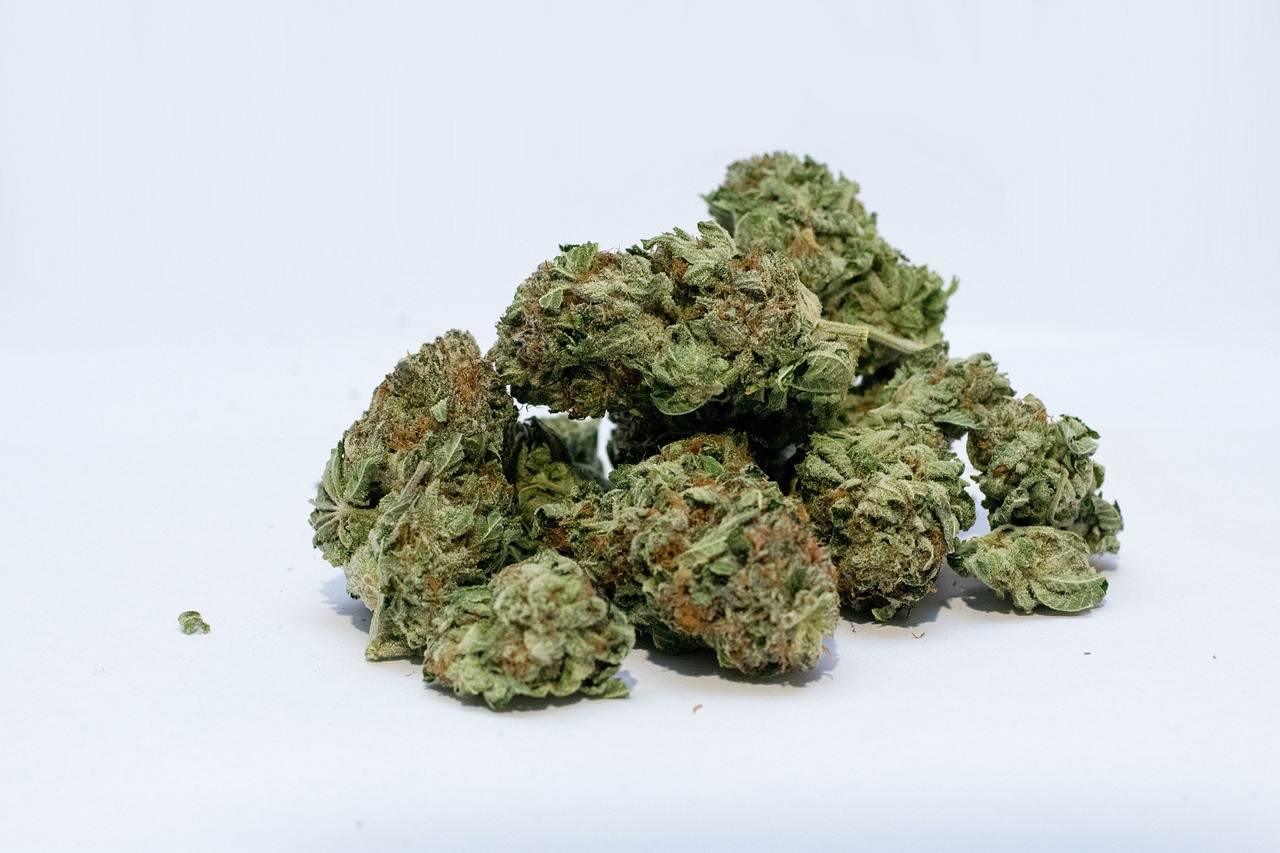
Flavour: The combination of terpenes that contribute to the taste of the cannabis product.
Hybrid: A classification of cannabis species that describes a cannabis cultivar that has been bred from 2 or more cannabis varieties. Hybrids can provide a wide range of effects.
Indica: A classification of cannabis species that describes a female cannabis plant that is short and bushy, with short and wide leaves. To some, indica cultivars provide more sedating or physical effects.
Pistils: The small white, orange, red or brown hairs found on the female cannabis plant.
Potency: The strength or the concentrations of cannabinoids in a cannabis product. The cannabinoids are often represented as a percentage or milligrams per weight of the product. On a cannabis product label, it can appear in 2 ways:
1. The THC and CBD content represents the amount of THC and CBD present in the product before activation.
2. Total THC or Total CBD represents the amount of THC and CBD present in the product after activation.
For products that are meant to be heated before consumption, like dried flower, the first numbers (“THC” and “CBD”) will be considerably lower than the “total” numbers because they represent the inactive state of the purchased product. In ingestible products, like edibles and capsules, and vape carts filled with distillate, however, the cannabinoids have already been activated through processing and are ready for consumption, so both sets of numbers will typically be the same.
Prepared/Pre-Milled: Dried cannabis flower that has been gently ground into a milled size for convenience and ease of use. You’ll find Prepared products packaged in a larger 15g pouch in Starseed’s shop.
Resin: The sticky substance found within the trichomes. This is where the highest concentration of cannabinoids, terpenes, flavonoids, and other compounds reside, and give each cannabis plant its unique qualities.
Sativa: A classification of cannabis species that describes a female cannabis plant that is tall and slim, with long, thin leaves. To some, sativa cultivars provide uplifting, energizing or cerebral effects.
Strain: The term denotes a specific variety of the cannabis plant, each possessing distinct characteristics, flavours, fragrances, and effects.
Terpene Profile: The dominant terpenes in a cannabis variety that works in conjunction with the cannabinoid profile to produce unique effects that are associated with different cannabis cultivars. See “Terpenes”.

Terpenes: The naturally occurring chemical compounds found in plants . They are responsible for the aroma and flavour in cannabis varieties and may provide unique therapeutic effects.
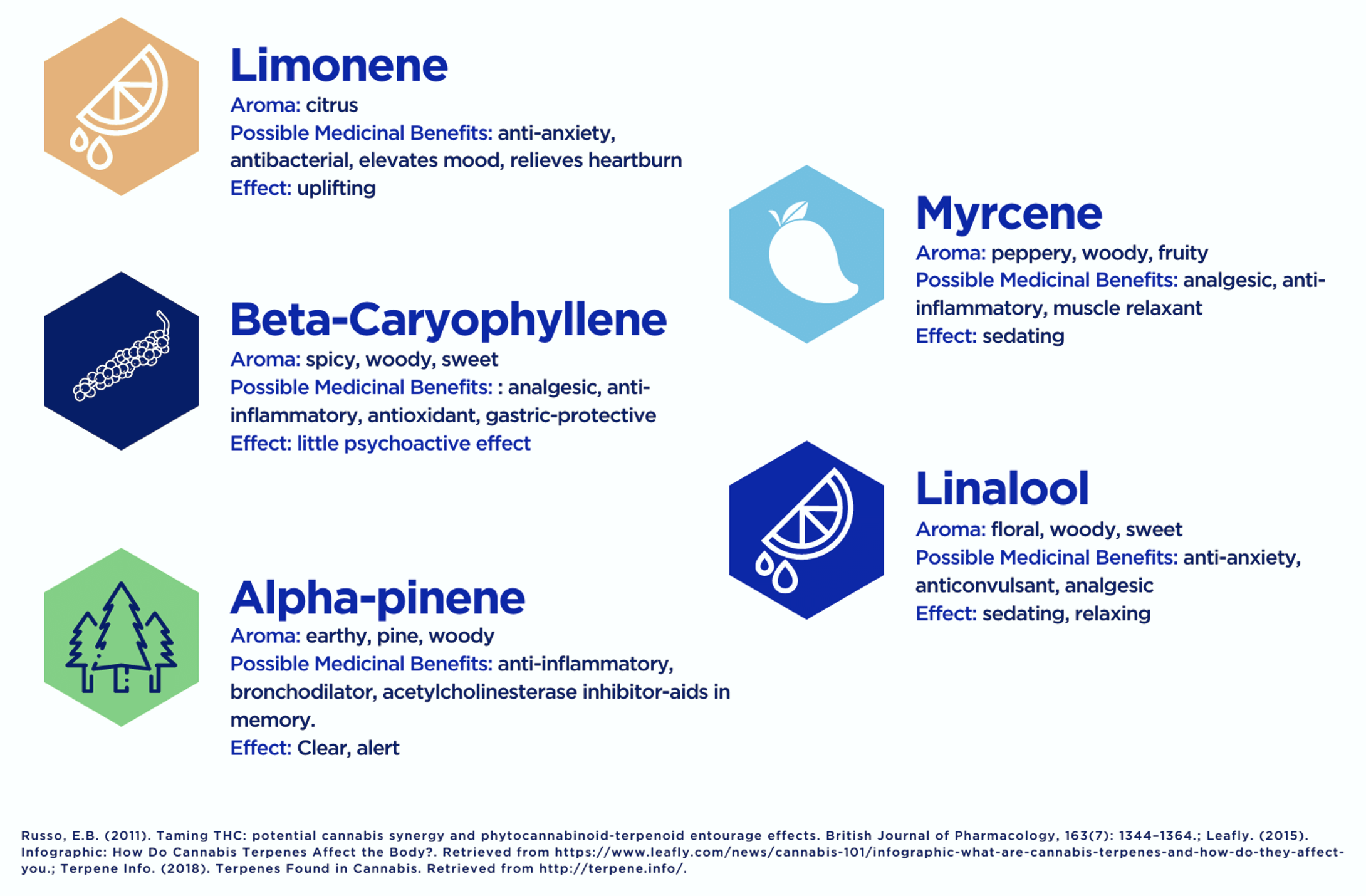
THC: THC-dominant products are labeled as Star-3 in the Starseed System. The acronym for Delta-9-tetrahydrocannabinol, the intoxicating cannabinoid found in the cannabis plant responsible for the psychoactive effects; often associated with the feeling of being “high”. The potential therapeutic effects of THC include pain relief, muscle spasm relief, sleep aid, appetite stimulator, nausea suppressant and mood elevator.
View THC-dominant Dried Flower
The Entourage Effect: The theory that all cannabis compounds work together, and when taken simultaneously, produce a better effect than if taken alone.
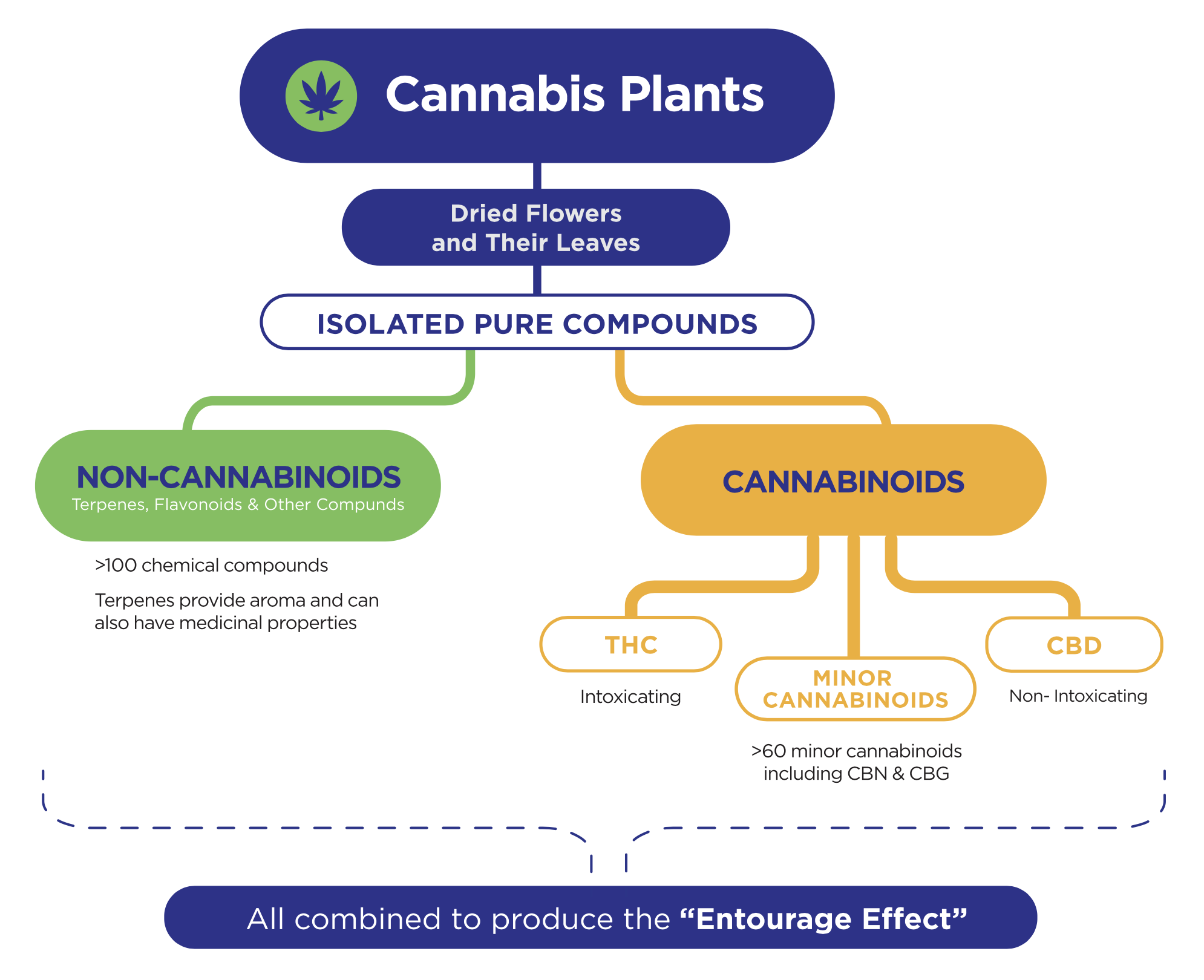
Trichomes: Tiny, bulbous head crystalline structures that cover the surface of cannabis flowers and leaves. These tiny reservoirs house resin and cannabinoids, giving the plant its stickiness and potency.
This glossary of terms was designed to empower patients, ensuring they have the knowledge needed to discuss their health needs effectively with healthcare providers and within support communities. Understanding these terms not only aids in making informed decisions but also fosters a sense of confidence and ownership in one’s own therapeutic journey.
Medical cannabis has a wide variety of recognized therapeutic uses, and when consumed responsibly, can be a safe, effective and natural way to manage a variety of symptoms. If you believe that medical cannabis may be beneficial in treating your symptoms, it is recommended that you consult with your Health Care Practitioner or contact us for more information.
